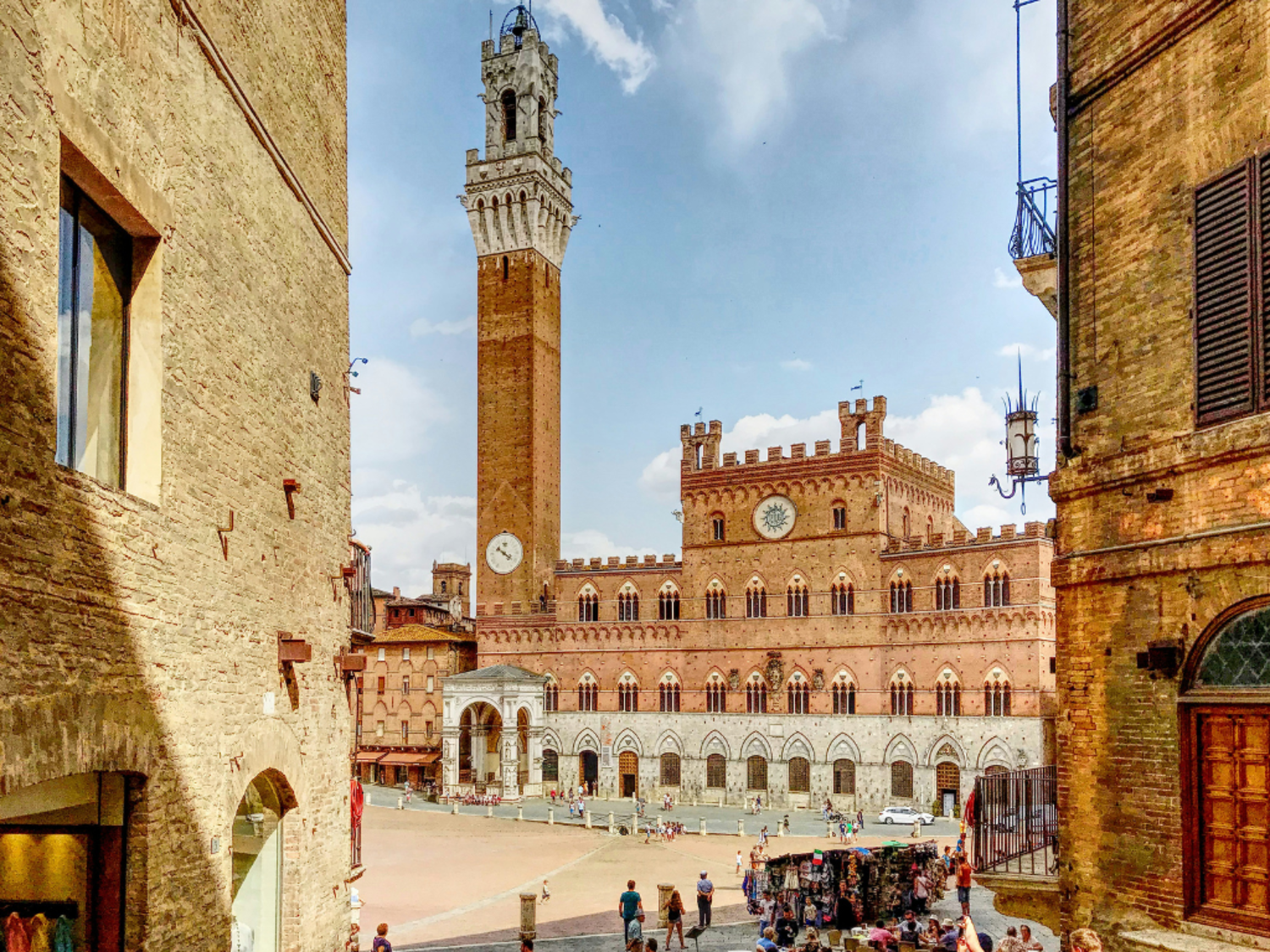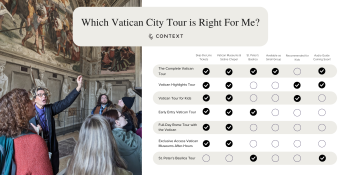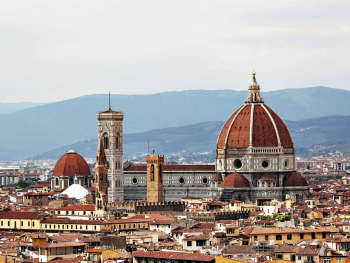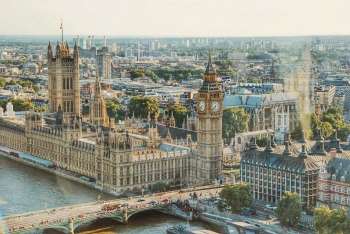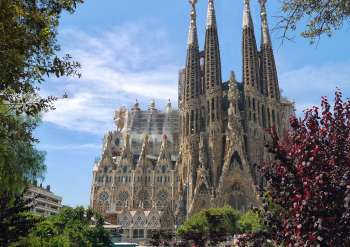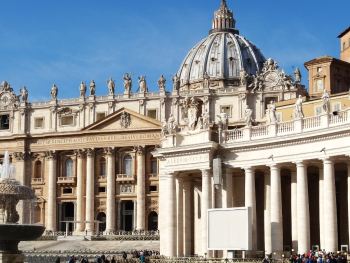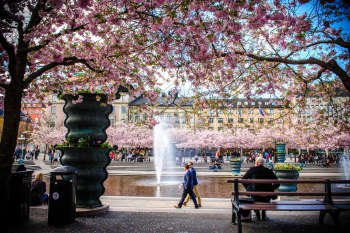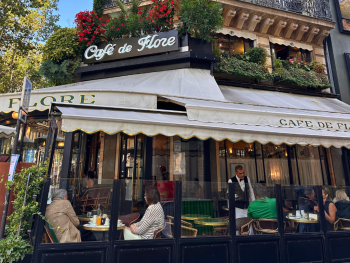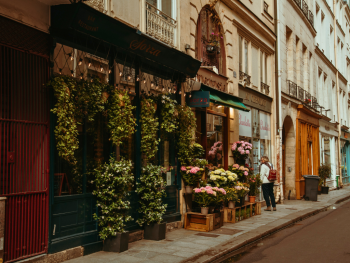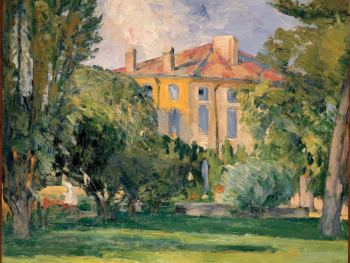Tuscany is no stranger to splendor. But beneath its postcard-perfect hills and Renaissance silhouettes lies a deeper kind of richness: one of ideas, innovations, and ideals preserved through the centuries. That’s what UNESCO recognizes here—not just visual beauty, but the intellectual and cultural forces that made it possible.
From Florence’s soaring dome to the sculpted serenity of the Val d’Orcia, here’s your guide to Tuscany’s seven World Heritage Sites—what they are, how to visit, and why you'll love them.
1. Historic Centre of Florence
Inscribed in 1982
Florence is the birthplace of the Renaissance—and it shows. Walking through its Centro Storico is like flipping through the pages of a living art history book.
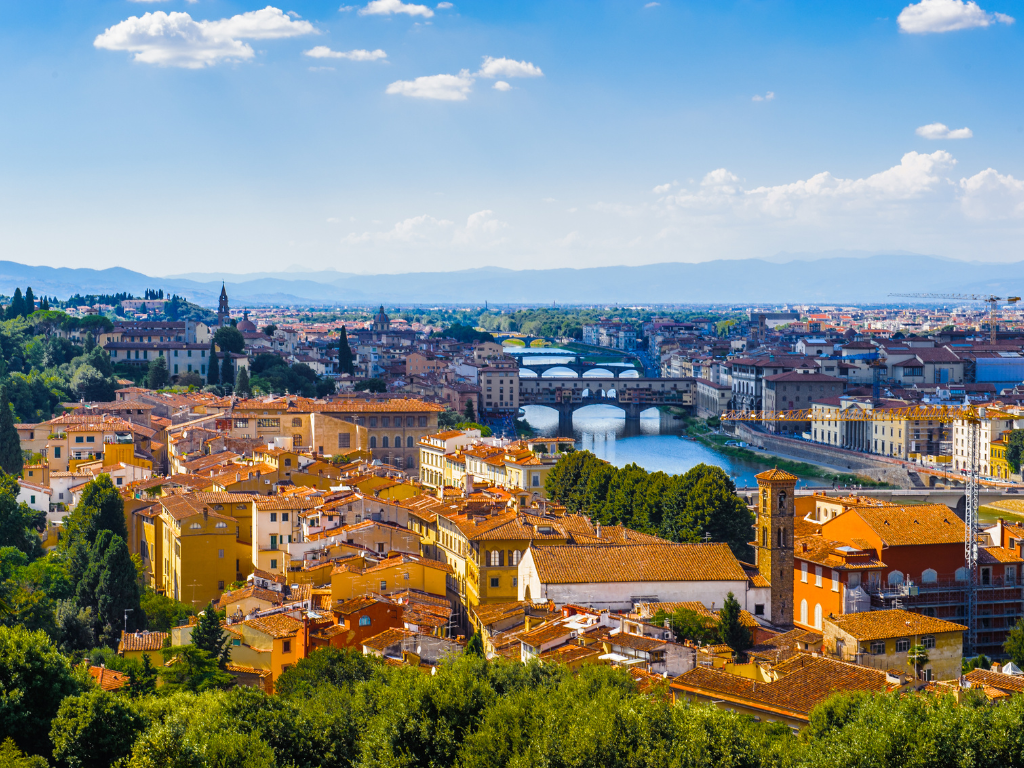
Top things to do:
-
Climb Brunelleschi’s Dome at the Duomo
-
See Michelangelo’s David at the Accademia
-
Explore the Uffizi’s masterworks (reserve in advance)
-
Cross the Ponte Vecchio for artisan goldsmiths
-
Watch the sunset from Piazzale Michelangelo
How to visit:
Florence’s compact city center is easily walkable. Trains connect it to most major Italian cities. Consider a timed-entry pass like the Firenze Card if you’re museum-hopping.
2. Historic Centre of Siena
Inscribed in 1995
Siena is a city that wears its medieval soul on its sleeve. Built on three hills and still divided into contrade (neighborhoods) that compete in the Palio, it still holds a magnetic draw for history and nature lovers seeking a unique getaway from Florence's busier streets.
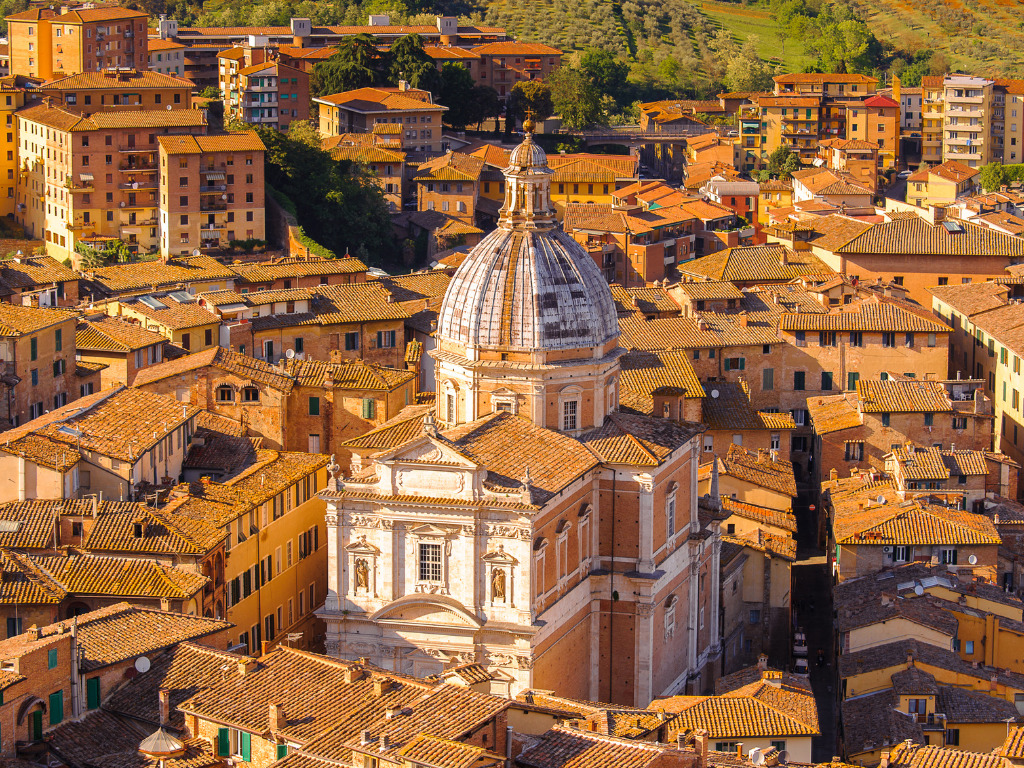
Top things to do:
-
Climb the Torre del Mangia for sweeping views
-
Admire the Duomo’s striped marble and Piccolomini Library
-
Stand in Piazza del Campo, where the Palio is held
-
Visit the Civic Museum to see Lorenzetti’s frescoes
-
Taste panforte or ricciarelli in a local pasticceria
How to visit:
Siena is best reached by bus or car—its hilltop location means trains require transfers. The historic center is closed to traffic, so plan to walk or taxi from drop-off points.
3. Piazza del Duomo, Pisa
Inscribed in 1987
The Leaning Tower may get the fame, but Pisa’s Piazza dei Miracoli is an ensemble worth exploring in full. It’s a testament to a once-powerful maritime republic and its cross-cultural influences.
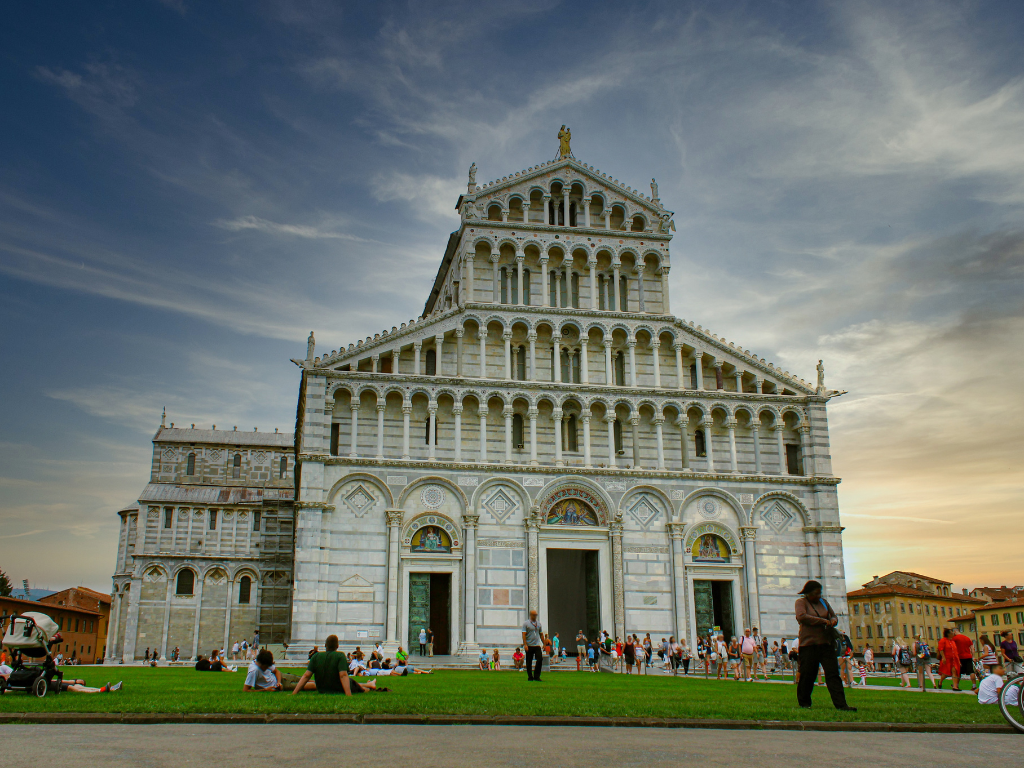
Top things to do:
-
Climb the Leaning Tower (reserve in advance—spots fill fast)
-
Visit the Baptistery and test the acoustics
-
Explore the Cathedral and its mosaic-covered apse
-
See sculptures and sarcophagi in the Camposanto Monumentale
-
Wander into Pisa’s old town for aperitivo by the Arno
How to visit:
Pisa is a quick 1-hour train from Florence or Lucca. The tower is about a 20-minute walk from the central station. Book tower tickets online for timed access.
4. Historic Centre of San Gimignano
Inscribed in 1990
Known as the "medieval Manhattan," San Gimignano’s towers rise like exclamation points from the surrounding vineyards. Its cobbled lanes and frescoed churches transport you back to the 13th century.
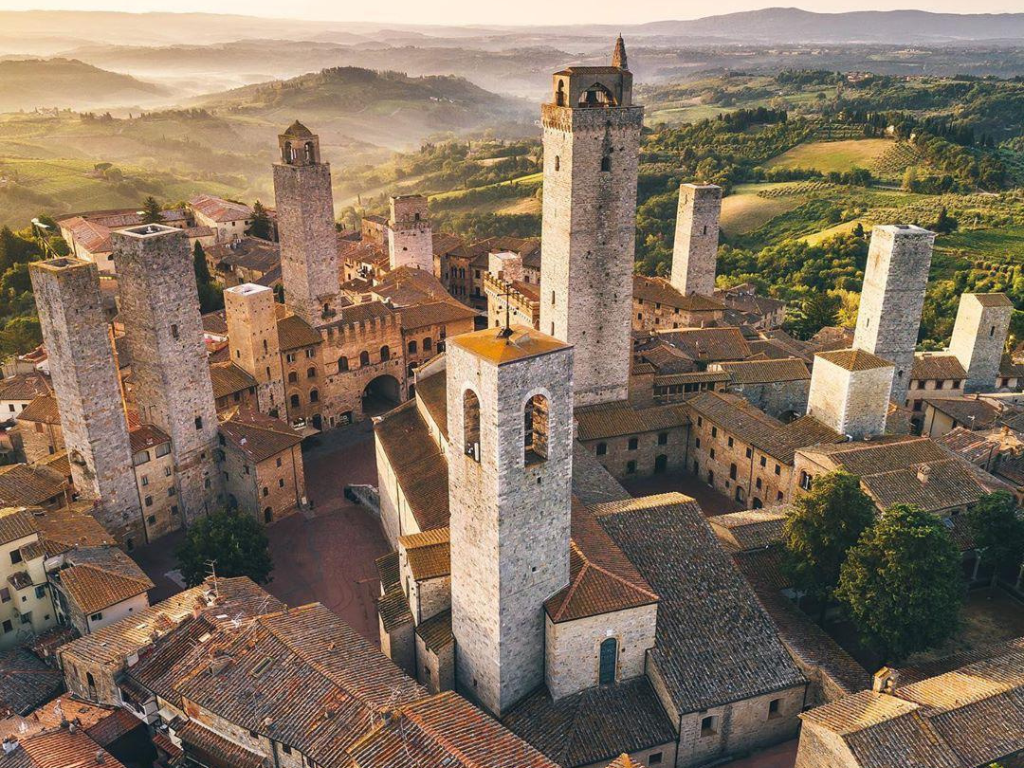
Top things to do:
-
Climb Torre Grossa for rooftop views of the Tuscan hills
-
See Ghirlandaio’s frescoes in the Collegiate Church
-
Sample Vernaccia di San Gimignano wine at a local enoteca
-
Visit the quirky Torture Museum (not for the faint of heart)
-
Taste award-winning gelato at Gelateria Dondoli
How to visit:
Best reached by car; there’s limited bus access from Florence or Siena with connections in Poggibonsi. Arrive early or late to avoid peak crowds.
5. Historic Centre of Pienza
Inscribed in 1996
Small but mighty, Pienza is the Renaissance reimagined in stone. Commissioned by Pope Pius II, it was built as the ideal humanist city—and it still feels oddly perfect.
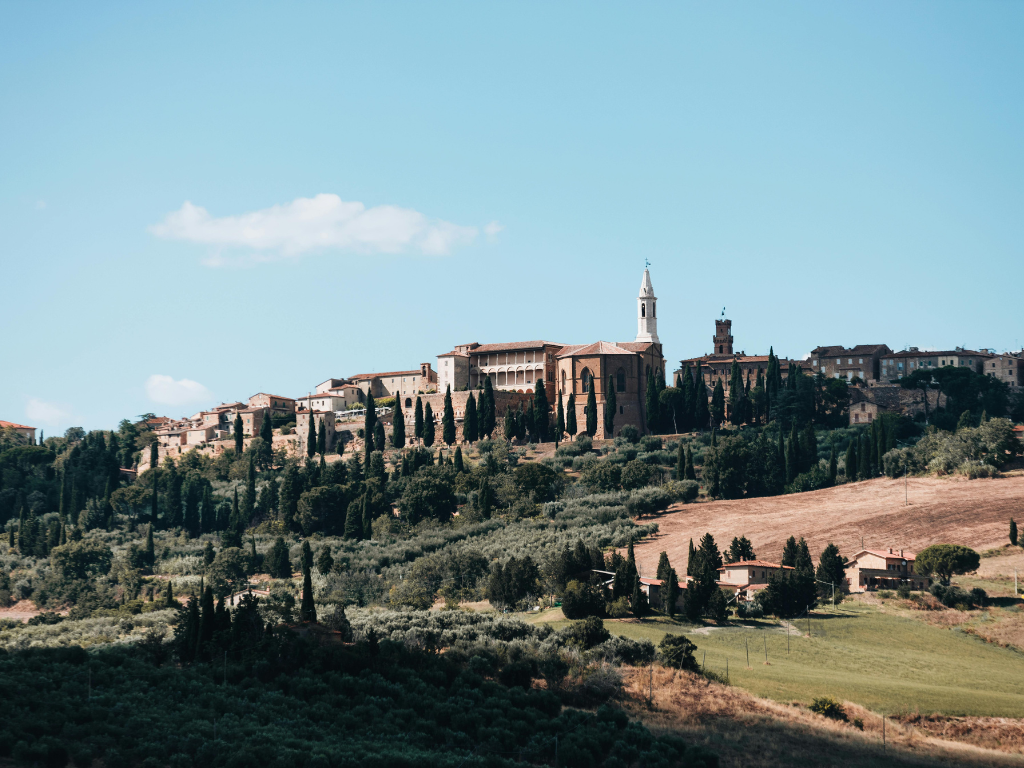
Top things to do:
-
Visit the Cathedral and Palazzo Piccolomini
-
Browse cheese shops selling aged pecorino di Pienza
-
Stroll Corso Rossellino for views of the Val d’Orcia
-
Sip wine at a terrace café overlooking rolling hills
-
Walk down Via dell’Amore—“Lovers’ Lane”—for a romantic photo
How to visit:
Driving is ideal—Pienza is in southern Tuscany with limited public transport. Combine with visits to Montepulciano or Montalcino for a full day in the region.
6. Val d’Orcia
Inscribed in 2004
This is the Tuscany of your dreams—undulating fields, lone cypress trees, and honey-colored villages frozen in golden light. But the Val d’Orcia is more than just beauty; it’s an agricultural landscape shaped by Renaissance ideals.

Top things to do:
-
Tour wineries in Montalcino (Brunello) or Montepulciano
-
Visit the Romanesque Abbey of Sant’Antimo
-
Soak in natural hot springs at Bagno Vignoni or Bagni San Filippo
-
Hike a stretch of the Via Francigena pilgrimage route
-
Watch sunset from the hilltop village of Castiglione d’Orcia
How to visit:
Only accessible by car—this rural area begs for a leisurely road trip. Bring a good map and expect to stop often.
7. Medici Villas and Gardens
Inscribed in 2013
These 14 villas and gardens—scattered across the Tuscan countryside—were retreats of the powerful Medici family and symbols of Renaissance harmony between architecture and landscape.
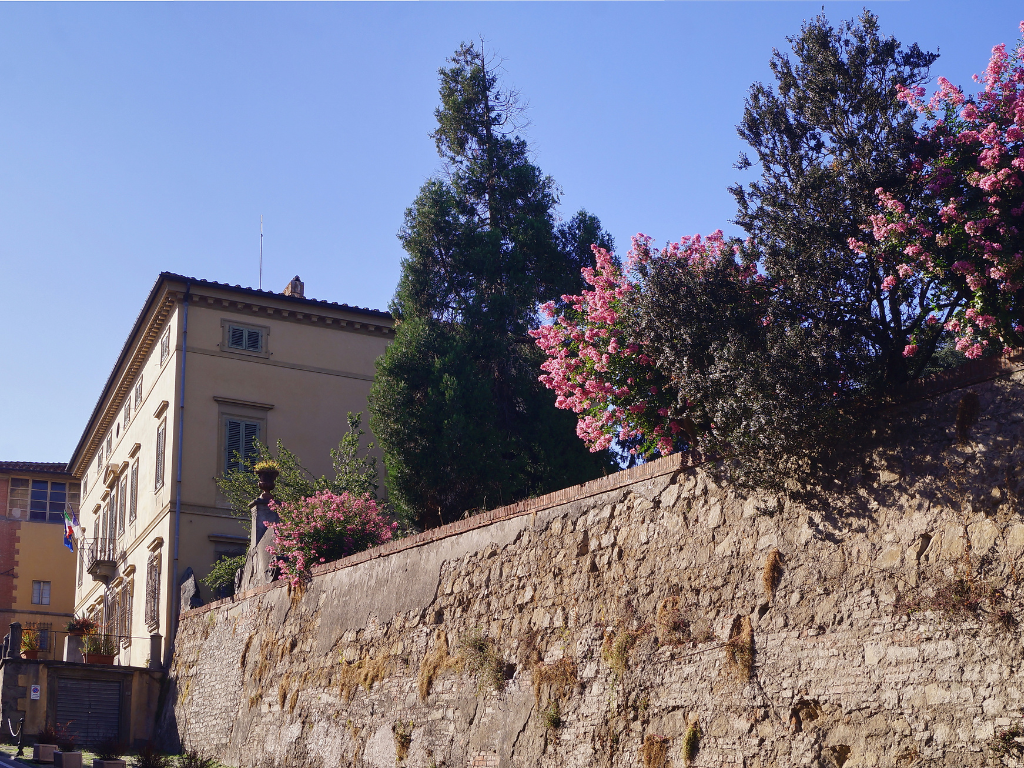
Top things to do:
-
Tour Villa La Petraia’s frescoed ballroom and panoramic gardens
-
Explore Villa di Castello’s formal gardens and rare citrus house
-
Visit Villa di Poggio a Caiano with its mix of Medici, Lorraine, and Savoy touches
-
Photograph the symmetrical groves and fountains of Pratolino
-
Discover lesser-known sites like Villa del Trebbio, one of the oldest
How to visit:
Most villas are near Florence and require advance booking. Check opening hours—many are seasonal or part of state-run museums. Renting a car offers the most flexibility for visiting multiple sites.
There’s a reason Tuscany’s UNESCO sites feel more like stories than sights; they’re layered, lived-in, and profoundly shaped by human vision and ambition, but also hold space for you to slow down and truly connect. Florence’s dome wasn’t built for tourists. The Val d’Orcia wasn’t designed to look good on a postcard. These places emerged from ambition, devotion, and a deeply held belief that life—when cultivated with care—could be something close to art.
To visit them is to read between the lines of history, architecture, and landscape. Visit Tuscany with Context to gain incredible access and insight to these beautiful, historical sites.
